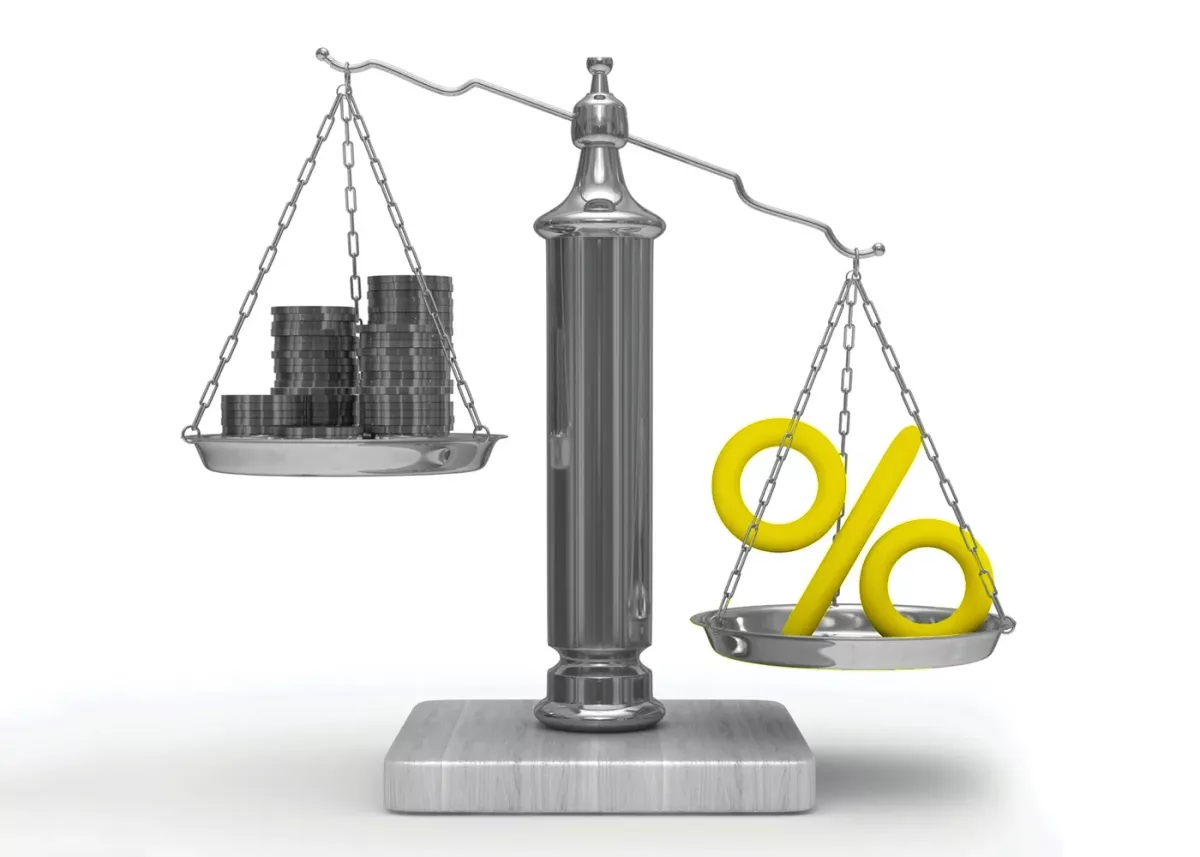Stable exchange rate and controlled inflation On the recent key interest rate cut in Azerbaijan
Since the beginning of the year, the global economy has faced significant pressures from various negative factors, including escalating trade tensions between the United States and other countries. These challenges, along with other inflationary drivers in Azerbaijan’s main trading partners, have influenced inflation trends within the country.
Although external factors continue to impact inflation, some effects can be mitigated—for example, by strengthening the nominal effective exchange rate of the manat. Against this backdrop of sustained macroeconomic stability, the Board of the Central Bank of Azerbaijan (CBA) decided to reduce the key interest rate from 7.25% to 7%, a decrease of 0.25 percentage points. Adjustments were also made to the parameters of the interest rate corridor.
In recent years, the global macroeconomic landscape has been influenced by numerous factors, including geopolitical tensions, ongoing conflicts, and trade wars, which have all dampened the economic growth of major industrial and financial hubs worldwide. During the crisis years of 2022 and 2023, regulators in Europe, the United States, and other developed regions concentrated on curbing the surge in inflation by tightening monetary policies, including raising refinancing rates. As a result, by the end of 2023, the global increase in prices for goods and raw materials had slowed. However, these measures also contributed to a deepening recession, marked by a slowdown in economic growth.

As global inflation expectations have eased in many countries, the focus has shifted toward improving GDP growth dynamics, reducing the tax burden, and expanding business incentives. In line with these priorities, regulators have steadily lowered refinancing rates. Following this trend, Azerbaijan’s financial regulator reduced the key interest rate multiple times last year, lowering it from 9% to 7.25% by June 2024. The rate then remained unchanged throughout the first half of 2025.
Now, the Board of the Central Bank of Azerbaijan (CBA) has decided to cut the key interest rate by 0.25 percentage points—from 7.25% to 7%—effective July 24. Simultaneously, the lower bound of the interest rate corridor was reduced from 6.25% to 6%, and the upper bound from 8.25% to 8%.
“This decision was made taking into account the alignment of actual inflation with the projected inflation trajectory and its comparison to the target indicator (4±2%), recent global economic developments, the domestic macroeconomic situation, the continued stability of the foreign exchange market, as well as the transmission of monetary policy decisions,” the CBA statement reads. The regulator also affirmed its commitment to employing all available tools to maintain price stability.
Overall, the current monetary policy of the regulator aims to keep inflation within the target range and stabilise inflation expectations. Ongoing developments in global trade continue to cause fluctuations in commodity and financial markets; accordingly, imported inflation remains the primary external risk factor for price growth, accounting for 60–70 per cent of the increase.
“Thus, the rise in prices in the countries that are Azerbaijan’s trading partners has led to an increase in domestic prices by 3.36 percentage points (p.p.) this year,” said Taleh Kazimov, Chairman of the Central Bank of Azerbaijan, at a press conference. “As for internal factors, the strengthening of the nominal effective exchange rate of the manat contributed to a reduction in inflation by 0.52 p.p., increased consumption in the public and household sectors led to a rise of 1.61 p.p., and higher prices for agricultural products added 4.6 p.p.”
According to the regulator’s assessment, external factors depend both on the inflation levels among trading partners and the dynamics of the nominal effective exchange rate. The Central Bank of Azerbaijan also highlighted that the main internal risk factor potentially driving inflation upward is increased production costs and excessive growth in aggregate demand.
“In the medium term, it is necessary to continuously monitor the possible impact of government spending and consumer lending on aggregate demand and prices,” the CBA statement notes.
Overall, annual inflation is progressing along the forecasted trajectory: as of June 2025, the twelve-month inflation rate stood at 6%. Meanwhile, the annual price increases were 7% for food products, alcoholic beverages, and tobacco; 7.2% for paid services; and 2.8% for non-food goods.

According to the Central Bank of Azerbaijan’s updated forecasts, annual inflation is expected to reach approximately 5.7% in 2025 and 5.3% in 2026—an upward revision of 0.2 and 1 percentage points, respectively, compared to the regulator’s April projections. Despite this slight adjustment, the outlook for macroeconomic stability remains solid.
Although external uncertainties have persisted in recent months, their impact on inflation in Azerbaijan has been minimal. According to the International Monetary Fund (IMF), the global commodity price index declined by 0.6% year-on-year in June 2025, with the food price index falling by 4.2%.
Meanwhile, conditions in Azerbaijan’s foreign exchange market remain highly stable. In contrast to many of its trading partners, the manat-to-dollar exchange rate has remained unchanged for eight consecutive years. Notably, since the beginning of the year, supply in the domestic foreign exchange market has consistently outpaced demand in both cash and non-cash transactions.
These factors—along with the transmission effects of monetary policy—have played a key role in strengthening the resilience of Azerbaijan’s financial system against both external and internal shocks.
The continued decline in the dollarisation of resident individuals’ deposits also reflects growing confidence in the national currency. Fundamental indicators in the external sector—supporting equilibrium in the foreign exchange market—remain favourable. Moreover, the Central Bank of Azerbaijan maintains its forecast of a current account surplus in the balance of payments for both 2025 and 2026.
Overall, the current macroeconomic environment is conducive to a further easing of monetary policy. “Future decisions regarding the parameters of the interest rate corridor will take into account actual and projected inflation, as well as external and internal risks,” the CBA noted, reaffirming its commitment to utilising all available tools to ensure price stability.








